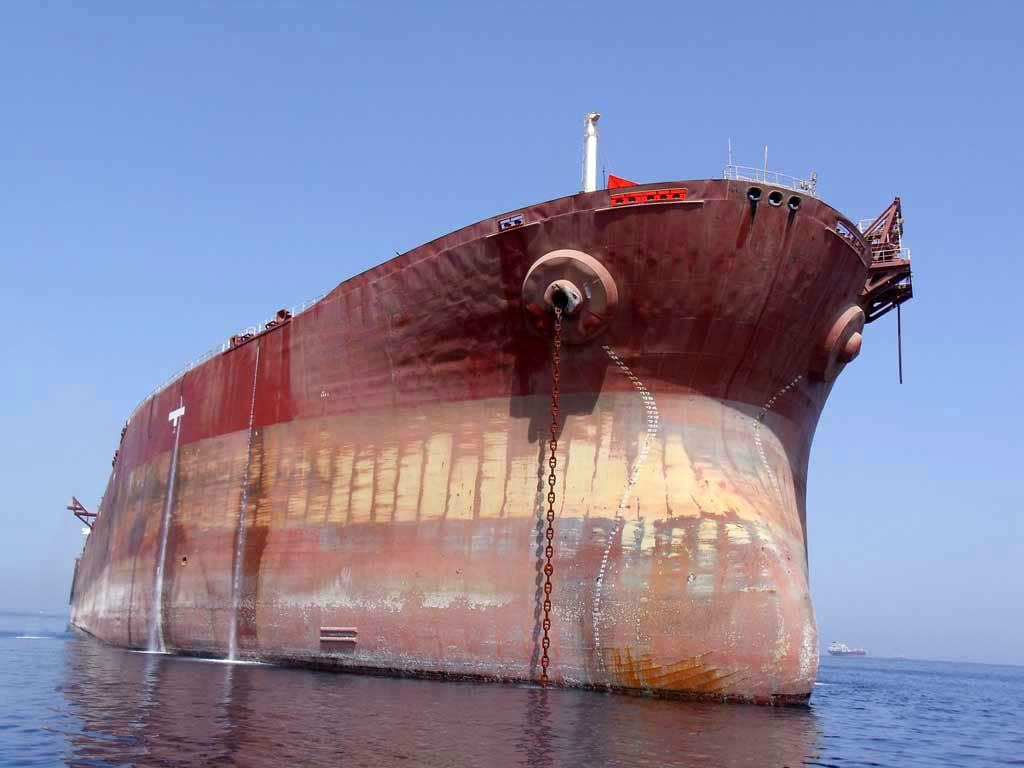OPEC’s strategy to end a worldwide crude glut is causing havoc for a vital link in the oil industry’s supply chain: the fleet of supertankers that shuttle fuel between continents.
The ships’ average earnings plunged last year by more than half to levels not seen since 2009 and far below what shipping analysts had been predicting, Bloomberg reported.
Now, the producer group’s extension of output cuts throughout 2018 is adding to the downturn.
“These cuts reduced the number of cargoes from the Middle East to Asia significantly at a time when a large amount of newly-built vessels are being delivered,” Olivier Jakob, managing director at Petromatrix GmbH in Zug, Switzerland, said in a phone interview.
Oil supertankers, known in the industry as very large crude carriers, or VLCCs, can measure a quarter of a mile in length and haul about 2 million barrels of crude.
Since the beginning of 2017, the Organization of Petroleum Exporting Countries and its allies have sought to reduce oil production by almost 1.8 million barrels a day, curbing exports and business for tankers on key trade routes. The group in June plans to revisit the cuts, which currently run through the end of the year.
Crude exports from OPEC’s Persian Gulf members last month dropped below 18 million barrels a day for the first time since August, tanker-tracking data compiled by Bloomberg show. In particular, observed shipments declined to China and Japan from Saudi Arabia, Iran and the UAE.
The global supertanker fleet is expected to expand by 4% this year, after growing 5.3% last year and 7.4% in 2016, Clarkson Research Services Ltd. estimates. Shipping rates have tumbled in recent months, a time of year when they often strengthen.
“If OPEC lifts the output cut in its revision in June, the rates would improve as more oil will be pumped to the market,” said Jakob. “But if it does not, the rates would suffer the whole year.”
Earnings for the vessels slumped by 57% to $17,794 a day on average last year, the lowest since at least 2009, Clarkson data show. Analysts surveyed by Bloomberg had anticipated an average of $25,000 a day for 2017.
Oil prices and tanker earnings often move in opposite directions. In 2013, a year when Brent crude reached almost $120 a barrel, supertankers earned an average $18,621 a day, according to Clarkson. Two years later, amid the oil-price slump, daily returns jumped to an average $64,846.


